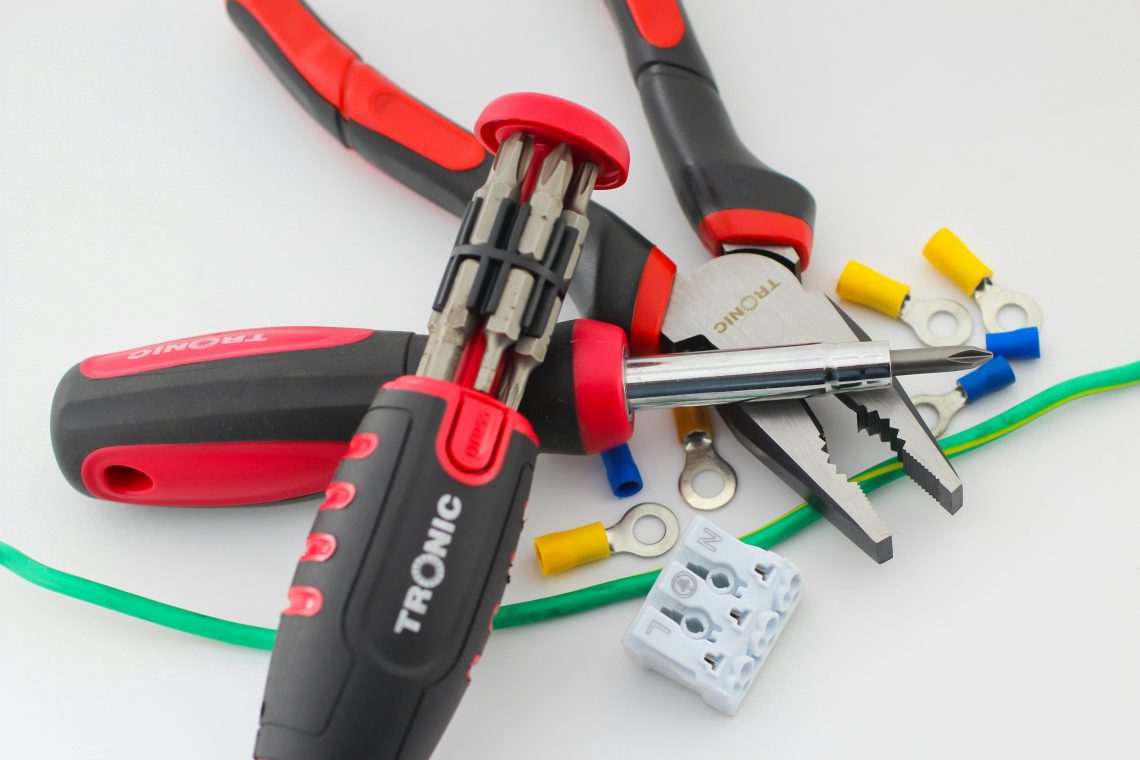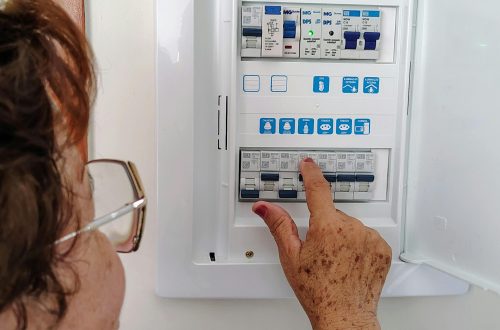Keeping your home’s electrical system in top condition is crucial for safety, efficiency, and preventing costly repairs. Electrical maintenance might seem daunting, but with a few simple steps, you can ensure your home runs smoothly while minimizing risks. Whether you’re a homeowner or a renter, these essential electrical maintenance tips will help you maintain a safe and efficient living environment.
Regularly Inspect Electrical Outlets and Switches
Faulty outlets and switches are common culprits behind electrical hazards. Regular inspections can help you catch issues before they escalate. Here’s what to look for:
- Loose connections: If plugs feel wobbly or fall out easily, the outlet may need tightening or replacement.
- Discoloration or scorch marks: These indicate overheating and should be addressed immediately.
- Buzzing or crackling sounds: Unusual noises often signal a wiring problem.
- Warmth to the touch: Outlets should never feel hot—this could indicate an overloaded circuit.
If you notice any of these signs, turn off the power to the affected area and consult a licensed electrician.
Test and Maintain Smoke Alarms and GFCI Outlets
Smoke alarms and Ground Fault Circuit Interrupter (GFCI) outlets are critical safety devices that require regular attention.
Smoke Alarms
- Test alarms monthly by pressing the test button.
- Replace batteries at least once a year, or opt for long-life lithium batteries.
- Replace the entire unit every 10 years, as sensors degrade over time.
GFCI Outlets
GFCI outlets protect against electrical shocks, especially in damp areas like kitchens and bathrooms.
- Test them monthly by pressing the “Test” button—the outlet should cut power.
- Press “Reset” to restore power. If it doesn’t trip or reset, replace the outlet.
Manage Electrical Loads and Avoid Overloading Circuits
Overloading circuits is a leading cause of electrical fires. Follow these tips to prevent it:
- Know your circuit breaker: Identify which outlets and appliances are on each circuit to avoid overloading.
- Use power strips wisely: Avoid daisy-chaining multiple strips or plugging high-wattage devices into them.
- Unplug unused devices: This reduces strain on circuits and saves energy.
- Upgrade if needed: Older homes may have insufficient capacity for modern electronics—consider a panel upgrade if breakers trip frequently.
Check and Replace Damaged Cords and Wires
Frayed or damaged cords pose serious fire and shock risks. Make cord maintenance a priority:
- Inspect appliance cords: Look for cracks, exposed wires, or bent prongs.
- Avoid running cords under rugs: This traps heat and increases fire risk.
- Replace, don’t repair: Never tape over damaged cords—replace them entirely.
- Use surge protectors: These safeguard electronics from power spikes.
Schedule Professional Electrical Inspections
While DIY checks are helpful, a professional electrician can spot hidden issues. Consider scheduling an inspection:
- Every few years: For newer homes, an inspection every 3-5 years is sufficient.
- Before buying or selling a home: Ensure the electrical system meets safety standards.
- After major renovations: New appliances or wiring changes may require an expert review.
An electrician can also test for hidden problems like faulty wiring, outdated panels, or improper grounding.
Conclusion
Proper electrical maintenance is key to a safe and efficient home. By inspecting outlets, testing safety devices, managing loads, replacing damaged cords, and scheduling professional inspections, you can prevent hazards and extend the life of your electrical system. While some tasks are simple enough for homeowners, never hesitate to call a licensed electrician for complex issues. A little vigilance goes a long way in keeping your home powered safely and efficiently.






